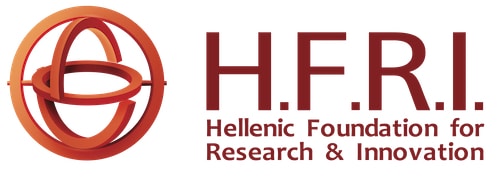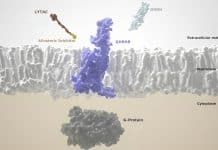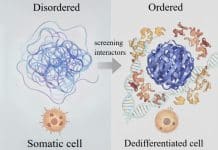 A pivotal building block of the forthcoming next-generation wireless networking systems is to simultaneously guarantee reliability, low latency and high data rate during communication. To this end, an emerging technology has been developed quite recently; namely, Ultra-high Reliability and Low-Latency Communications (URLLC). Although the existing URLLC approaches strive to optimize the former two performance metrics (i.e., increase reliability and reduce latency), a full potential of achieving these metrics as well as optimizing the corresponding data rate at the same time still remains unexplored. Additionally, most technical literature work focused on ideal system conditions, i.e., perfect channel state acquisition and/or low mobility communication setups, which nonetheless do not adequately reflect the current and future wireless networks.
A pivotal building block of the forthcoming next-generation wireless networking systems is to simultaneously guarantee reliability, low latency and high data rate during communication. To this end, an emerging technology has been developed quite recently; namely, Ultra-high Reliability and Low-Latency Communications (URLLC). Although the existing URLLC approaches strive to optimize the former two performance metrics (i.e., increase reliability and reduce latency), a full potential of achieving these metrics as well as optimizing the corresponding data rate at the same time still remains unexplored. Additionally, most technical literature work focused on ideal system conditions, i.e., perfect channel state acquisition and/or low mobility communication setups, which nonetheless do not adequately reflect the current and future wireless networks.
 The overall objective of the RALLY project is to study, and more so, to boost the limits of URLLC technology into future practical wireless communication systems. Compared to past and current research efforts in this area, our technical approach is deeply interdisciplinary and more comprehensive, combining the expertise of wireless communications, control theory, information theory, optimization, stochastic geometry, and statistics.
The overall objective of the RALLY project is to study, and more so, to boost the limits of URLLC technology into future practical wireless communication systems. Compared to past and current research efforts in this area, our technical approach is deeply interdisciplinary and more comprehensive, combining the expertise of wireless communications, control theory, information theory, optimization, stochastic geometry, and statistics.
The key outcomes of the project include: (1) a rigorous and complete mathematical theory for URLLC via information/communication theoretic studies; (2) new key physical and cross-layer mechanisms that will enable the integration of URLLC into next-generation communication systems; (3) new system architectures that will fully exploit the potential benefits of URLLC; and (4) the development of a proof-of-concept for short-packet transmissions in a real-world application scenario.
Project Τitle: enhanced ultra-ReliAble and Low-LatencY communications (RALLY)
Project Duration:
36 months [17/3/2025 – 16/3/2028]
Project Framework & Funding:
H.F.R.I. 289.292,00 €
Scientific coordinator (UNIWA):
Nikolaos Miridakis
Research Publications / Results / Patents
Till now, 2 research papers have been submitted for publication; one at a scientific journal and the other at an international conference. Both are undergoing the review process.












